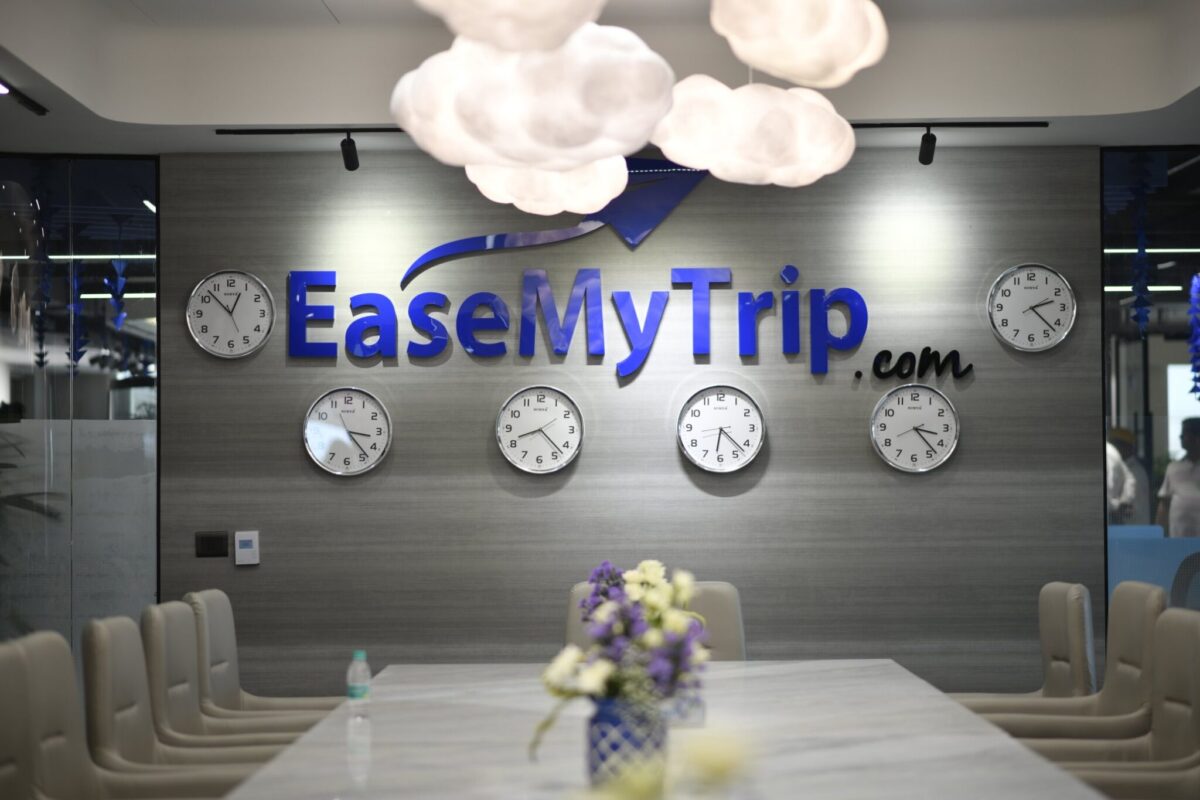The Fragmented Travel Tech Industry Probably Won’t Consolidate Anytime Soon
Skift Take

Travel Tech Briefing
Editor’s Note: Exclusive reporting on technology’s impact on the travel industry, delivered every Thursday. The briefing will guide executives as they decide if their companies should “build, buy, or partner” to stay ahead.Verint provides customer service software to roughly 40 airline clients, among those other verticals. The Long Island, New York-based company is still gaining new airline business, but much of it is coming from existing customers.
That is because many of its customers ease into implementing new software through smaller contracts. Once they can see the system works, it generally leads to the clients expanding their purchases with the company. That’s happening now, largely because of an increased demand by customers for an easier way to contact airlines, said Jason Valdina, senior director of go to market strategy for digital-first engagement channels at Verint.
“What we’re seeing most is airlines doubling down,” Valdina said. “They’re big businesses, and when they do sign on, they’re usually spending quite a bit.”
It turns out that Verint’s strategy — whether intentional or not — for starting small and doubling down is the best way, maybe the only way, to tackle the travel industry.
The airline industry — as well as the hotel industry — has long-established operations that have been using the same tech for years. Because that infrastructure is so embedded, it can be difficult for companies with new tech to break into those industries.
Some of the “legacy” (read: old) tech’s creaky interfaces would be far from acceptable in most any other industry. But, as experts have said over and over again: travel is behind in tech innovation.
That reason why is travel tech is so fragmented, experts say. In other words, companies typically do not use a single third-party tech solution that meets all their needs. Instead, they piece together a handful of platforms often made by different companies.
We asked the question recently about whether the uncertain economic times could lead to more travel tech acquisitions. The answer was essentially no, not really. That would also mean there’s little chance for a convergence of fragmented travel tech platforms.
But even if that were to occur and it left a handful of tech companies with beautiful end-to-end platforms that could meet all of the travel industry’s needs, it probably would not matter.
“We’re not going to have some winner-take-most, vertically integrated end solution. What we are going to have is solutions that play well together, better,” said Chris Hemmeter, managing director of Thayer Ventures, a venture capital firm focused on the travel tech industry.
“There’s also just so much legacy infrastructure that there’s no way we’re ever going to see a rip-and-replace. If you have the end-to-end, elegant solution for a carrier, they’re not going to buy it because they’re not going to rip out everything that they’ve been using for the last 50 years.”
At this point, because the travel tech industry has moved so slowly, it’s unlikely that some young companies with new, user-friendly technology will grow strong enough to push out the legacy players. Some have tried and failed. Instead, it will require investing hundreds of millions to replatform, piece by piece over years and years.
That’s why starting with a small contract and later growing, as Verint is doing, is probably the only way to effectively claim and hold a stake in an older company’s travel tech innovation.
Despite the heavy general fragmentation, Valdina said airline customers are starting to seek convergence within the niche area of customer service software — which has also been fragmented historically — aiming to create a more seamless system.
“That’s starting to change,” Valdina said. “It’s too complicated to use all these different disparate technologies. And they’re being asked by their CEOs to save money and be as efficient as possible because fuel prices are through the roof.”
He said clients are coming forward, sometimes having used pieces of customer service tech from several different companies, asking if Verint can do it all.
Much of the time the answer is yes, which is why Valdina said airlines have been increasing their business with Verint. Sometimes, the deal goes to another company depending on the specific features a customer is looking for.
“We certainly lose business to some of our competitors for the same reason,” Valdina said. “They might be doing something with one of our customers that we could do but they do better, and it’s enough of a reason for them to move everything. That’s what we’re seeing in this industry, for sure.”





